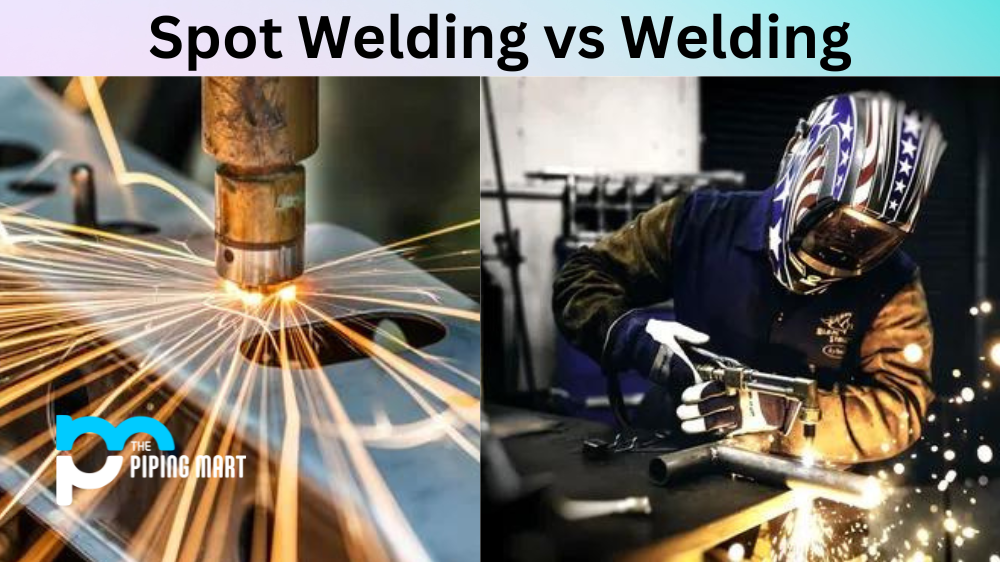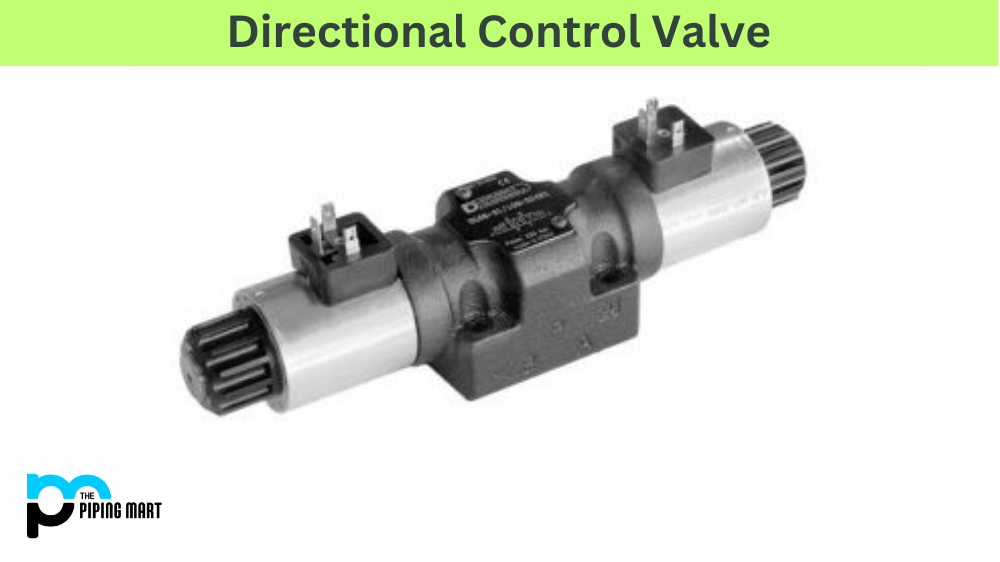Joining two pieces of plastic together is essential to many manufacturing processes. But deciding whether to use ultrasonic welding or heat staking can be difficult. In this blog post, we’ll compare the two techniques, so you can make an informed decision when choosing the right method for your project.
Ultrasonic Welding
Ultrasonic welding is a process that uses high-frequency sound energy to bond two pieces of plastic together. The main benefit of using this technique is that it creates strong bonds without the need for adhesives or fasteners. It works by using a combination of pressure and vibrations, which causes friction between the two surfaces being bonded. This creates heat and melts the edges of the plastics, creating a strong bond when they cool down. Additionally, ultrasonic welding can be used with various plastics, making it versatile for different projects.
Heat Staking
Heat staking is another technique used to join two pieces of plastic together. Unlike ultrasonic welding, heat staking requires specialized equipment and molds to create the desired shape and size for the joined parts. Heat staking works by melting one piece of plastic onto another using extreme temperatures—usually around 500°F—and then cooling it back down quickly so that it hardens into its new shape and size before any damage occurs to either part. This method is often used when joining large parts because it creates strong bonds that won’t break easily under tension or stress.
Difference Between Ultrasonic Welding and Heat Staking
- Ultrasonic welding is a process that uses high-frequency sound waves to weld two pieces of plastic together.
- Heat staking is a process that uses heat to weld two pieces of plastic together.
- Ultrasonic welding is faster than heat staking.
- Ultrasonic welding can be used on thinner pieces of plastic than heat staking.
- Ultrasonic welding is more expensive than heat staking.
Conclusion:
Ultrasonic welding and heat staking are effective ways to combine two pieces of plastic in manufacturing processes. Each has its advantages and disadvantages; however, both methods require specialized equipment to complete the job properly. If you’re looking for a cost-effective way to combine two pieces of plastic together quickly and efficiently, ultrasonic welding may be the best option. On the other hand, if you need a stronger bond between your parts or larger parts joined together quickly, heat staking may be a better choice for your project needs. No matter which method you choose, make sure that you do your research first so you can find the best solution for your particular application!

A passionate metal industry expert and blogger. With over 5 years of experience in the field, Palak brings a wealth of knowledge and insight to her writing. Whether discussing the latest trends in the metal industry or sharing tips, she is dedicated to helping others succeed in the metal industry.




